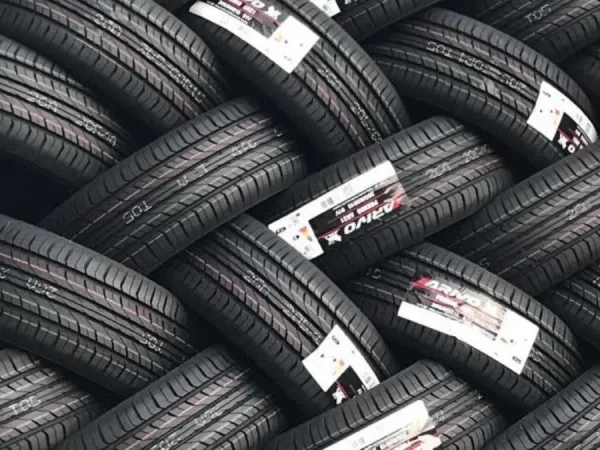“Trucks bring everything; if it is what you desire, they will bring it.”
Mack began production of trucks around 1900. Their powerful, reliable trucks quickly earned praise from logging industry customers.
These massive vehicles transport roughly 70% of goods in the US. Their presence evokes power and strength on our highways.
The History of the Big Rig
Big rigs are well-known for their immense power and ability to quickly move large amounts of freight quickly. In particular, these trucks are frequently employed in moving vast amounts of raw materials and commercial construction materials around at once. Furthermore, these big rigs possess the skill set needed for transporting extremely heavy or bulky materials without issue – something no ordinary vehicle could achieve on its own.
Truckers in the past would keep a paper log to track their hours and mark when they started, took breaks, and finished work for each day. Some drivers even carried two copies – one to keep themselves and another set to present to police upon being pulled over.
Modern trucks feature various communication systems to enable their drivers to stay in contact with their loads and know when and where they will arrive, helping reduce delays while guaranteeing everyone on board’s safety.
The Road King is a classic model beloved by Harley Davidson fans. As it can handle any riding style or environment, including urban environments with tight turns. Additionally, on highways it allows users to activate cruise control for a smooth ride experience.
The Evolution of the Big Rig
Transporting anything over long distances was once difficult; shipping required expensive trains or boats. Trucking saw its first big boom during the 1920s as federal programs to improve roads created thousands of new highways that met demand quickly and improved infrastructure; more businesses soon took notice of commercial trucks for quickly transporting their products across America.
Peterbilt began in 1939 and quickly developed one of the most iconic trucks on the road today – their lumber truck was originally developed to transport timber from forests across North America to mills in Pacific Northwest mills for processing, saving loggers money by replacing costly railway transportation methods like rivers with less costly transportation modes like Peterbilt’s truck.
Since then, numerous manufacturers have emerged and technology continues to advance for these vehicles. New models boasting all sorts of safety features; for instance, most big rigs now include anti-lock brake systems to avoid jackknifing – when rear wheels lock up and swing the trailer at an oblique angle back toward the cab – while more recent big rigs feature GPS systems that help drivers navigate weather and obstacles on the road safely.
The Power of the Big Rig
Big rigs evoke thoughts of power when one considers their capabilities for transporting large loads. Capable of hauling massive volumes across the nation, these enormous vehicles are ideal for moving commercial construction materials, equipment and raw materials from one site to the next with relative ease while traversing treacherous terrain and climates with relative ease due to their impressive diesel engines that provide them with sufficient muscle for hauling enormously heavy loads.
Big rigs face similar challenges as any vehicle on the road today; fuel efficiency and environmental compliance remain key concerns for them as well as various alternative fuel sources, smaller engines with multiple turbochargers producing increased power output, or simply revamping their design itself are among them.
The Big Rig is a groundbreaking study of long-haul trucking in the US. It offers riveting ethnographic accounts detailing truck drivers’ daily challenges with sharp structural analyses linking those struggles to macroeconomic forces – offering unprecedented insight into some of today’s most pressing societal problems.
The Future of the Big Rig
The trucking industry continues to innovate and adapt. Trucking companies are exploring alternative fuel sources, smaller engines with multiple turbochargers for increased power output and ergonomic improvements that make life on the road a little bit more bearable for truckers who spend extended amounts of time away from home.
Big rigs are also being transformed. Kodiak Robotics’ initial pilot with driverless semi-trucks proved highly successful with 100% on-time delivery during over 5,517 miles driven over 152 hours – helping reduce accidents, fuel usage and maintenance costs as a result of this technology.
Another major trend is the movement toward electric vehicles. Tesla and Nikola have both taken steps toward developing all-electric semis; Nikola is taking an innovative approach with hydrogen fuel cell trucks; both have some serious support – Anheuser-Busch and Werner Enterprises have recently agreed to lease 14,000 Nikola rigs from them respectively.
Dignity Health Sports Park in Los Angeles offered me an exciting chance to drive an eCascadia for several laps at Dignity Health Sports Park, and it was quite fun. No shifting is required as its regenerative braking automatically slows it when you let off of the gas pedal; and its quieter, more efficient performance than regular diesel semis made this experience truly enjoyable. While these zero emission trucks certainly have potential, significant advances must first occur with regard to battery capacity and charging speeds before taking over long haul trucking operations worldwide.





